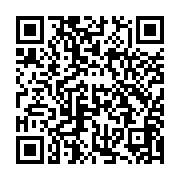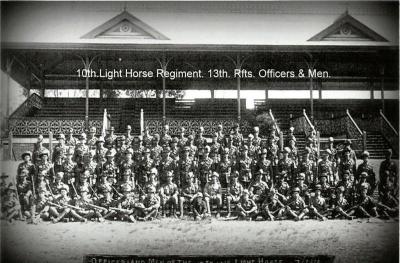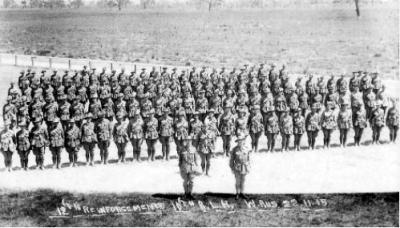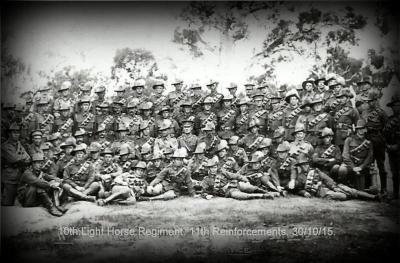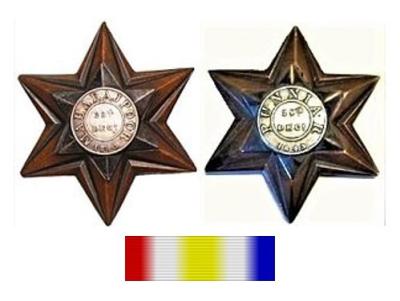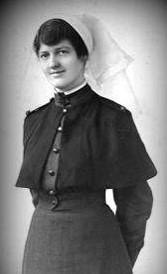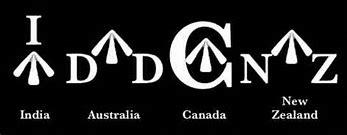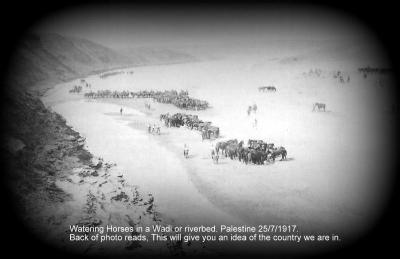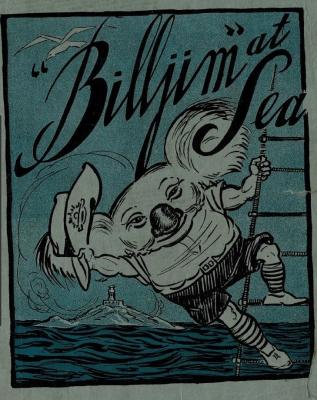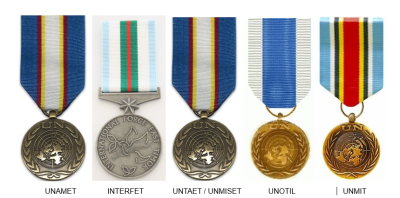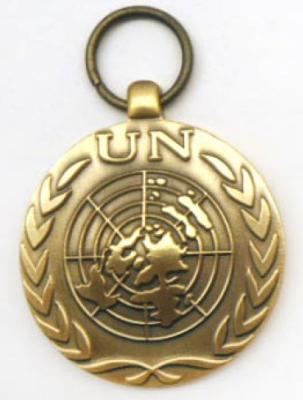Women's Land Army Badges
Two versions of the badge exist in the collection: a Western Australian version (1) issued before July 1942 (1) and an Australian version (2) issued thereafter.
(1) On a circular base of brown felt golden annulet, ensigned with St Edward’s crown and edged in red inscribed in green AUSTRALIAN WOMEN’S LAND ARMY (AUSTRALIAN centred below the crown) in base a black swan and within the circle a sheaf of wheat in a harvested field with the letters WA flanking
(2) On a square base of woven cotton, a similar badge minus the black swan and the letters WA.
Australia officially formed the Australian Women’s Land Army (AWLA) on 27 July 1942. It was based on the British civilian organisation, Women’s Land Army (WLA), which was formed under honorary director Lady Denman. Lady Denman is best known in Australia as the wife of the Governor-General, Baron Denman (1911-14). Having been involved in the WLA in World War 1, Lady Denman was approached by the British Ministry of Agriculture to re-form the WLA. In Britain, the WLA started operations in June 1939.
Australia was slow to pick up the idea. The Country Women’s Association saw the need long before the government and established local chapters of the CWA Land Army (CWALA) in 1940. The President of the Country Women’s Association (CWA) of Western Australia, Frances Craig and Mary Adamson, Western Division CWA, met with the Minister for Agriculture in 1940 and asked the WA Government to train Land Girls with CWA assistance.
The government thought the need unnecessary and so the CWA launched a training scheme unaided. Many offers were received from CWA Branches but the wide variety of facilities available at Fairbridge Farm led it to be selected as the training centre. The initial group of Land Army girls proved equal to the tasks and demand increased. Seasonal work gangs were also recruited for harvesting the hops crop and fruit
With war against Japan, labour shortages became more acute in 1942. The CWA and others had long lobbied for the government to introduce a women’s land army, Those resisting argued that women were not fit for the heavy duties of farm labour even though existing CWALA members proved that idea outdated.
In July 1942, Eddie Ward, the Minister for Labour and National Service, approved the formation of the AWLA. Over 175 farm placements had been made before the government formed the AWA. Most CWA Land Army girls transferred to the AWLA and continued to serve.
Details
Details
At its peak more than 3000 women were part of the AWLA. But despite attempts to have them recognised as an official military auxiliary force they remained a civilian organisation. They disbanded in December 1945 and fought for years to be recognised with an official civilian service medal, finally awarded in 1997.
The story of the Australian Women's Land Army may be found in the Army Museum of WA Home Front exhibition areas.
Australian Army Museum of Western Australia
Australian Army Museum of Western Australia
Other items from Australian Army Museum of Western Australia
- World War 1, Western Australia, 13th Reinforcement, 10 Light Horse, 1916
- World War 1, Western Australia, 12th Reinforcement, 10 Light Horse, 1915
- World War 1, Western Australia, 11th Reinforcement, 10 Light Horse, 1915
- World War 1, Western Australia, 11th Reinforcement, 10 Light Horse, 1915
- Medal - Gwalior Star
- World War 1, Western Australia, Nursing Service, SPRIGG, 1915
- Military Vehicle Signage - Infantry - World War 2
- Sign - Broad Arrow - British Ordnance Mark
- World War 1, Middle East, Palestine, Logistics, Watering 10 Australian Light Horse, 1917
- Souvenir Booklet "Billjim at Sea" - AIF Transports,1918
- Medals - East Timor Peacekeeping
- Poster - Australian Peacekeeping
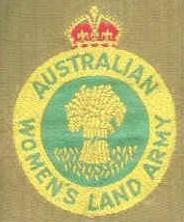
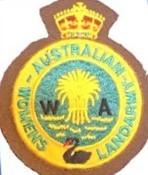
Scan this QR code to open this page on your phone ->
